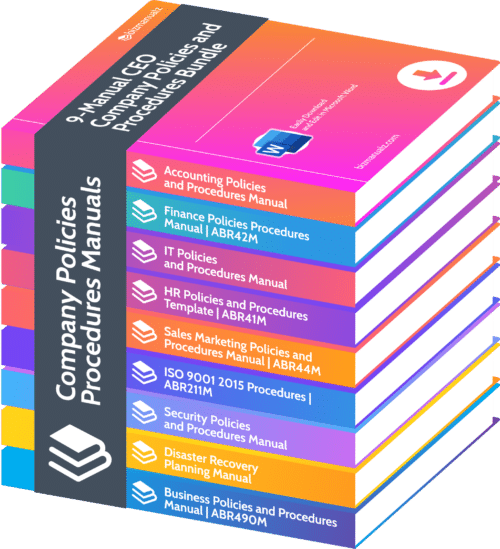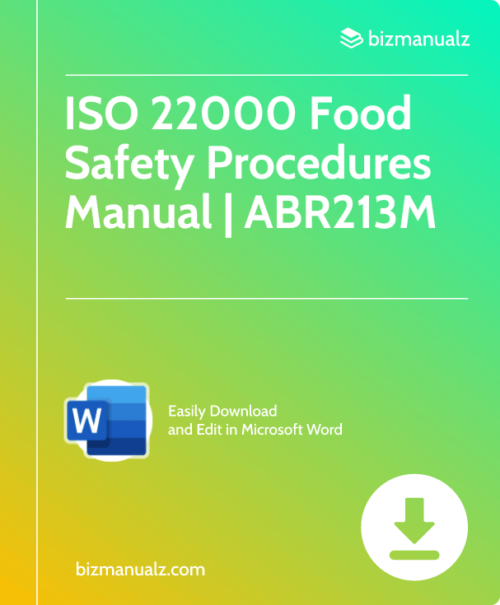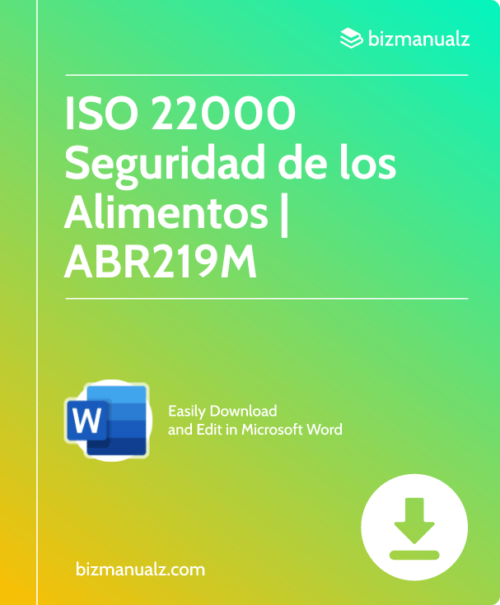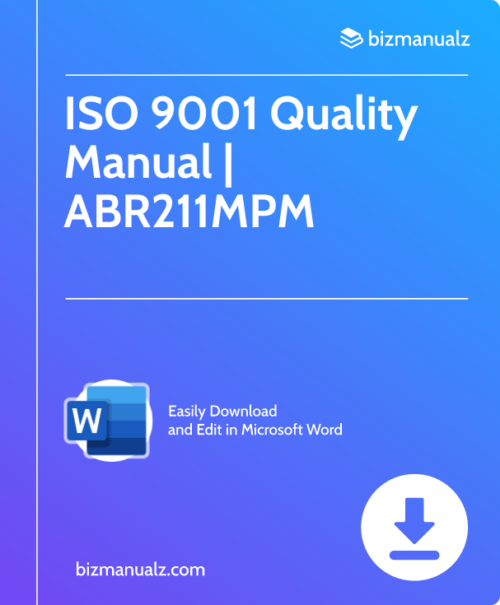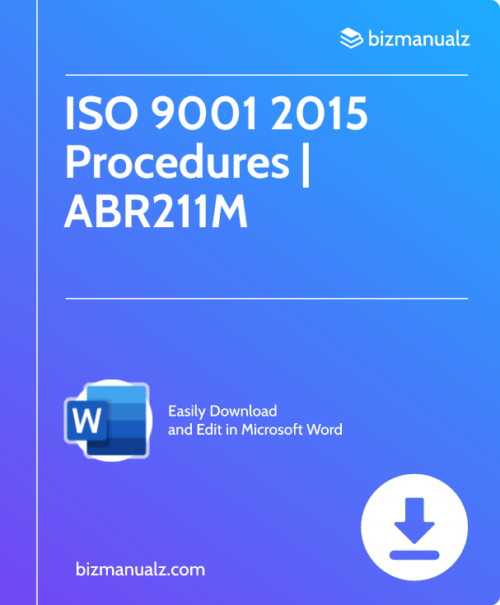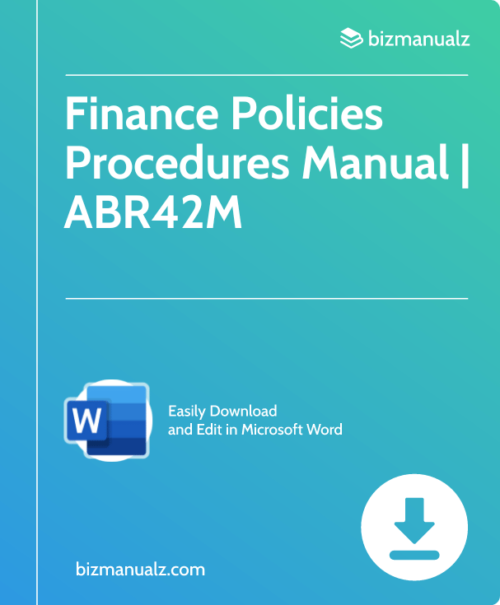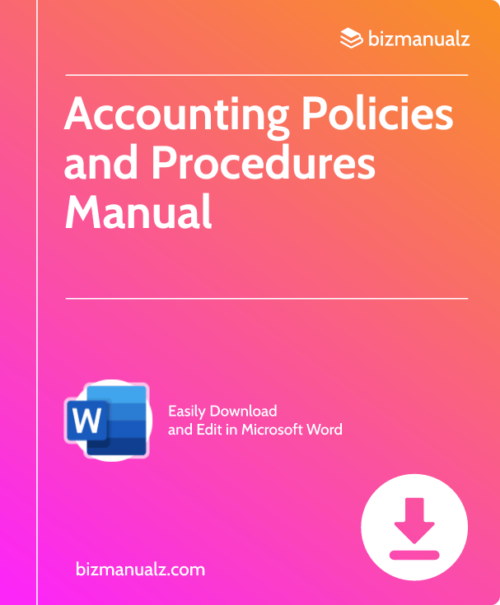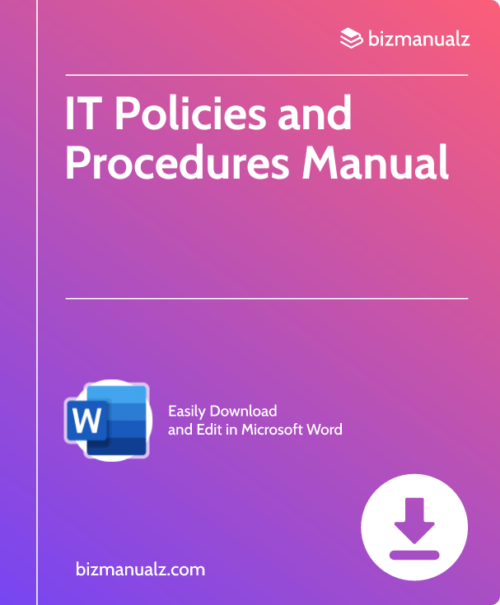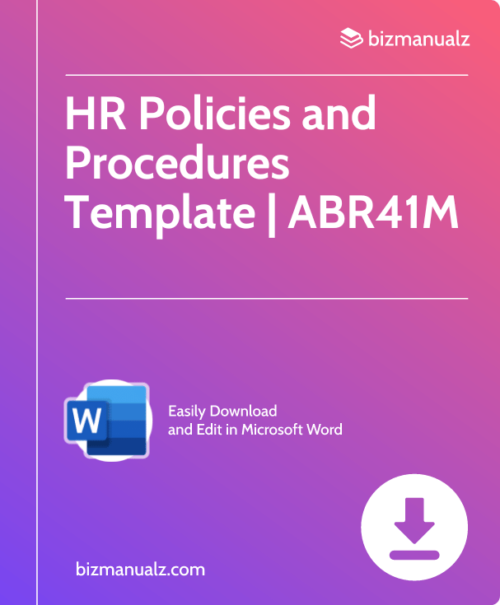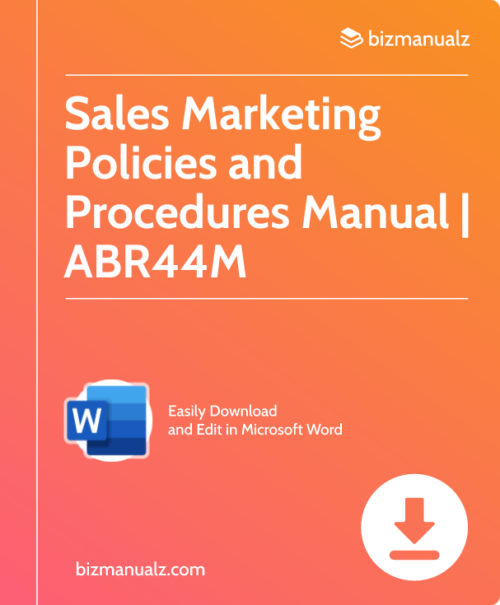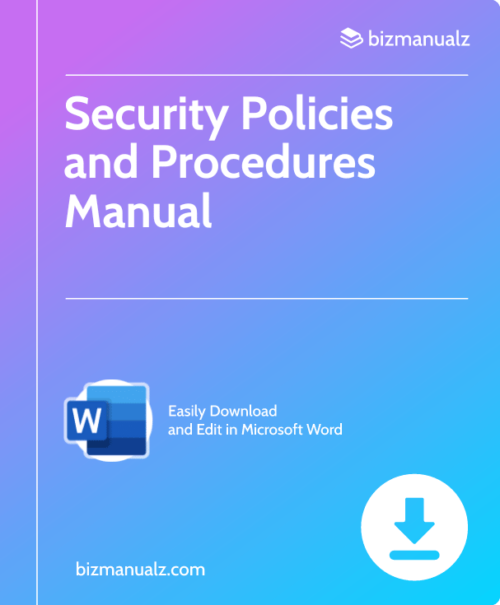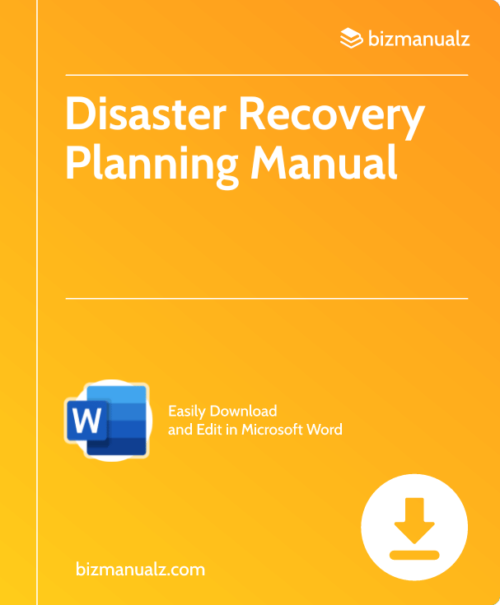Equity
Gain a comprehensive understanding of the expanded accounting equation and its significance in financial reporting and analysis. Learn how it determines a business’s financial health in this informative post.
Read moreLearn the key differences between stocks and bonds and how they can be used to diversify your portfolio. Understand the risks and rewards associated with each investment option and how to make the best decisions for your financial future.
Read moreThis article provides an overview of equity financing vs. debt financing. Learn about the advantages and disadvantages of each type of financing and how to decide which one is right for your business. Get the facts and make an informed decision.
Read moreLearn how to prepare a balance sheet for your business. Understand the components of a balance sheet, how to create one, and the importance of keeping accurate records. “
Read moreLearn how to prepare a trial balance for your accounting records. Understand the importance of a trial balance and the steps to create one accurately. “
Read moreEquity financing and debt financing are two of the most common methods of raising capital for businesses. Equity financing involves the sale of a company’s stock to investors, while debt financing involves borrowing money from lenders. Both methods have their advantages and disadvantages, and the right choice for a business depends on its individual needs. Understanding the differences between equity financing and debt financing can help businesses make the best decision for their needs.
Read moreThe Balance Sheet and Income Statement are two of the most important financial documents used by businesses. They provide a snapshot of a company’s financial health and performance. While both documents provide valuable information, there are some key differences between them. The Balance Sheet and Income Statement are both important documents for understanding a company’s financial health, but they provide different types of information. Knowing the differences between them can help you make better decisions about your business.
Read moreAssets and liabilities are two of the most important concepts in accounting and finance. They are used to measure the financial health of a business or individual. The difference between assets and liabilities is that assets are items of value owned by a business or individual, while liabilities are obligations or debts owed by a business or individual.
Read moreAuthorized and outstanding shares are two terms used to describe the number of shares a company has issued. Authorized shares refer to the maximum number of shares a company is allowed to issue, while outstanding shares refer to the number of shares that have been issued and are currently held by shareholders. The difference between authorized and outstanding shares is important to understand when evaluating a company’s stock. Authorized shares are determined by the company’s board of directors and can be increased or decreased depending on the company’s needs. Outstanding shares, on the other hand, are the number of shares that have been issued and are currently held by shareholders. This number can be affected by stock splits, stock dividends, and other corporate actions. Knowing the difference between authorized and outstanding shares can help investors make informed decisions when investing in a company’s stock.
Read more









